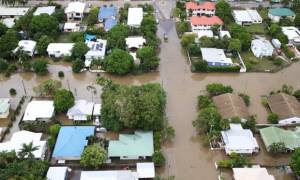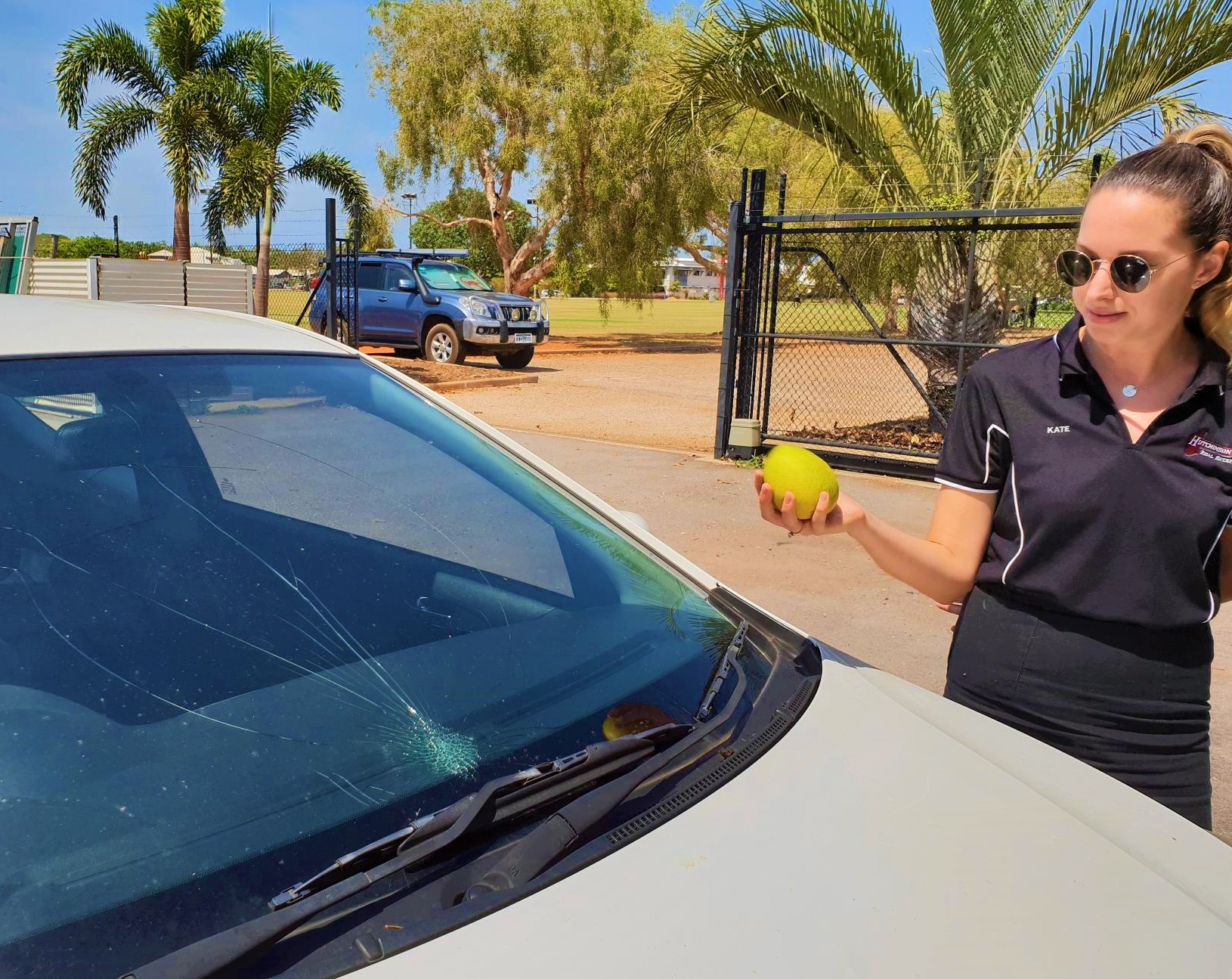Dealing with Disasters
CLAIMING INSURANCE AFTER A DISASTER

Source EBM RentCover
Photograph: Dave Acree/AAP
The Guardian
The image of an Aussie summer may be all sun, surf and sand, but the reality is this time of year is the height of disaster season. And, 2019 has been no exception, with the fury of Mother Nature impacting the lives of many across the country. But, when a natural disaster strikes and you need to make an insurance claim, what exactly should you do?
Disaster season, from November to April, has been devastating so far, with many Australians impacted by catastrophic events around the nation. More than 100,000 insurance claims, worth more than $900 million, have been lodged following the hailstorms that battered Sydney and parts of New South Wales in December. Canberra was also savaged by storms and hail in January. Flooding in Melbourne wreaked havoc in December. Bushfires have ravaged parts of Tasmania. While North Queensland was hit first by Tropical Cyclone Owen in December and then most recently by a ‘once-in-a-century’ flood, which has affected more than 20 suburbs and 20,000 households in the Townsville region.
If your managed property, is damaged due to a natural disaster, it’s important to understand what you need to do to make an insurance claim. If you are impacted, you need to:
- Act to prevent further loss or damage
Once the emergency services advise it is safe, the landlord or agent should attend the property and take ‘reasonable’ steps to prevent further loss or damage (this may include boarding windows or placing tarps on roofs). Emergency services, such as the SES or fire brigade may need to secure the property. Other ‘make safe’ work may also need to be undertaken, such as engaging an electrician or plumber, and you should arrange all emergency repairs necessary to minimise loss. Make sure you keep the original tax invoices for emergency repairs for the claim. - Contact your insurer
It’s important to contact your insurer as soon as possible to determine your coverage and discuss the process for lodging claims. You will also be advised whether or not a loss adjustor will be assigned to your claim, or if you should seek quotes for the repair of damages. - Document loss or damage
It is the policyholder’s duty, when they submit an insurance claim, to establish a loss has occurred. Take photos or video of the damage and store them in a safe place to be shown to the insurance assessor. If you need to dispose of an item, because it poses a health risk (such as saturated carpet), keep samples of the damaged material. Keep any items that could be repaired as it is up to the insurance company whether damaged items are repaired or replaced. For contents claims, make a list of damaged items with a detailed description, such as brand, model and serial number. - Keep receipts
Keep receipts for any work you do yourself or materials you purchase as you may be able to claim those expenses. - Submit a claim
Submit the claim with supporting documents.
Disasters involving a large number of claims or complex issues and multiple insurers may be declared a catastrophe by the Insurance Council of Australia. A catastrophe is most commonly declared after an extreme weather event such as a severe cyclone, bushfire, flood or storm.
When the ICA declares an event to be catastrophic, it has implications for policyholders and insurers. Once the declaration is made, insurers are authorised to prioritise any claims made in the catastrophic zone and address the claims in a timely manner.


